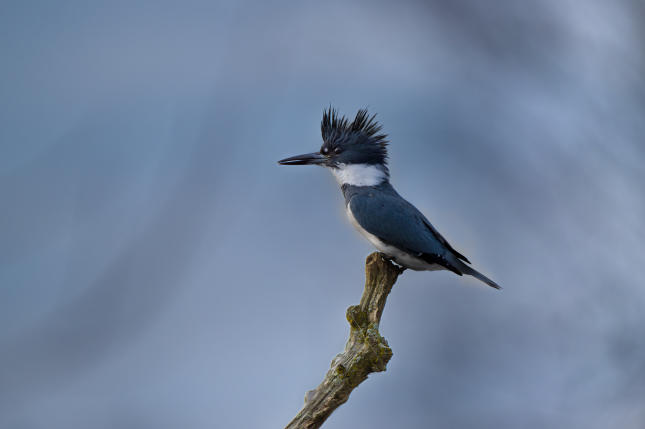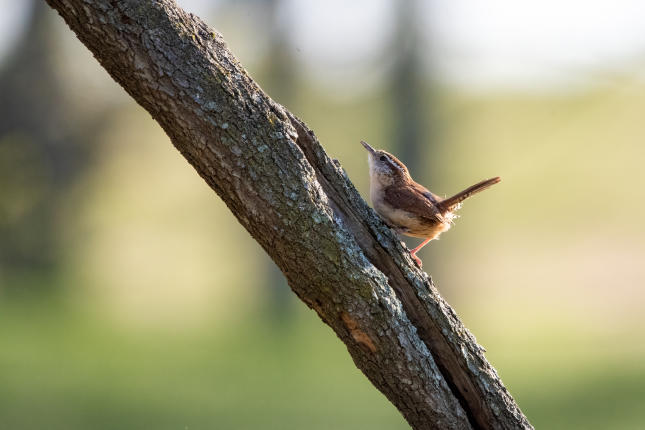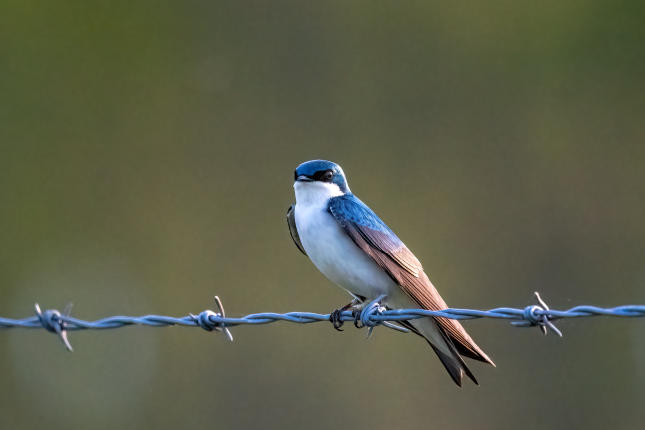Birding in Winchester, VA
Bird watching can be a rewarding and peaceful hobby, and a few simple tips can help you get the most out of the experience. Start by going out early in the morning, when birds are most active and easier to spot. Bring a good pair of binoculars to see details without disturbing the birds, and carry a field guide or birding app to help with identification. Be patient and move quietly, since sudden movements or loud noises can scare birds away. Choosing the right location—such as parks, wetlands, or wooded areas—also increases your chances of seeing a variety of species. Finally, keep a journal of your observations to track what you’ve seen and when, which not only improves your skills but also makes the hobby more enjoyable over time.
Below are some of our favorite place to go birding in Winchester and surrounding areas. This area offers a delightful array of birding habitats. You can't go wrong with any of the wonderful birding opportunities listed below:
Abrams Creek Wetlands Preserve

Nestled within Winchester, Virginia, the 25-acre Abrams Creek Wetlands Preserve is a rare and valuable calcareous muck fen, home to over 180 species of birds and a remarkable 300-plus plant species, including several rare ones found nowhere else in Virginia. Birding here is especially rewarding during migration and winter—naturalists have spotted everything from American Woodcock performing their dawn and dusk displays to less common winter visitors like Rusty Blackbird, Fox Sparrow, Winter Wren, and Swamp Sparrow.
For a peaceful, educational birding experience, visitors can stroll along the paved, accessible trail—enhanced with interpretive signage and audio tours—to explore both shaded swamp and sunshine-drenched marsh habitats.
A perfect spot for both beginner and seasoned birders, it blends biodiversity, easy access, and quiet beauty in one compact natural area.
Shenandoah University Cool Spring River Campus

Birding at Shenandoah University’s Cool Spring River Campus offers a rich and rewarding experience, thanks to its diverse habitats of open meadows, riparian woodlands, and restored wetlands along the Shenandoah River. One of the highlights is the opportunity to view a thriving great blue heron rookery, where dozens of herons nest high in the sycamore trees, providing an unforgettable sight each spring. Beyond the herons, the area attracts a wide variety of bird species—belted kingfishers darting along the riverbanks, wood ducks and mallards gliding across the ponds, and songbirds like warblers, orioles, and bluebirds filling the trees and fields with color and song. Raptors, including bald eagles and red-tailed hawks, can often be spotted soaring overhead, making Cool Spring a premier destination for birdwatchers of all levels.
Blandy Experimental Farm (State Arboretum of Virginia)

Birding at Blandy Experimental Farm, located in Boyce, Virginia, offers a rich and rewarding experience for nature enthusiasts. As part of the State Arboretum of Virginia, the grounds encompass a diverse range of habitats—including woodlands, meadows, ponds, and open fields—that attract a wide variety of bird species throughout the year. Seasonal migrations bring warblers, thrushes, and raptors in abundance, while resident species like bluebirds, woodpeckers, and sparrows can be spotted year-round. The farm’s extensive trail network makes it easy for birders of all levels to explore different environments and observe birds in their natural settings. With its blend of ecological diversity, scenic beauty, and educational opportunities, Blandy serves as both a peaceful retreat for birdwatchers and a living laboratory for studying avian life.
Cool Spring Preserve

Nestled in the Southern Jefferson County, West Virginia woods and wetlands, Cool Spring Preserve is renowned as a true birding hotspot, offering a mosaic of forest, meadow, and extraordinarily rare wet prairie marsh—one of just 100 such marshes known to exist globally. From early spring through summer, the preserve becomes alive with bird activity, and dedicated birders are often treated to sightings of elusive species such as the American bittern, whose haunting calls echo through the marshy grasses. In addition, it’s common to glimpse songbirds flitting along the forest edge, perhaps warblers, sparrows, or even herons and waterfowl near the stream. The preserve’s well-maintained trails and guided bird walks make it accessible for beginners and seasoned birders alike, offering peaceful immersion in nature and rewarding glimpses of both common and secretive avian visitors.
Shenandoah Museum
Birding at the Museum of the Shenandoah Valley in Winchester, Virginia, offers a peaceful and rewarding experience for nature lovers. Surrounded by beautifully maintained gardens, meadows, and woodlands, the museum grounds provide excellent habitats for a variety of bird species throughout the year. Visitors can spot colorful songbirds, woodpeckers, and even raptors while enjoying scenic walking trails that weave through the landscape. The combination of art, history, and natural beauty makes the museum a unique destination where birdwatching becomes part of a richer cultural and outdoor adventure.
Third Winchester Battlefield Park

Birding at Third Winchester Battlefield Park in Winchester, VA, offers a rewarding experience year-round across a rich tapestry of habitats. The park’s mix of cow pastures, open fields, mature woodlots, and a small wetland along Redbud Run provide ideal environments for spotting a diverse array of migrant passerines. Warblers like Cerulean, Yellow-throated, Mourning Warbler, and even the elusive Olive-sided Flycatcher are often recorded, particularly in the woods near the northern entrance, the Millbrook High School side, and just south of Redbud Run
The fields and pastures—especially along the spur trail leading to the cannons—are excellent for open-country species such as Loggerhead Shrike, Northern Bobwhite, Bobolink, and Vesper Sparrow. Brushy edges of fields also attract sparrows like Lincoln’s and American Tree Sparrow, and can yield Nashville and Mourning Warblers. With free access from dawn to dusk, multiple entry points, and well-maintained trails, this 600-acre preserve is a fantastic gem for both casual observers and dedicated birders alike.

